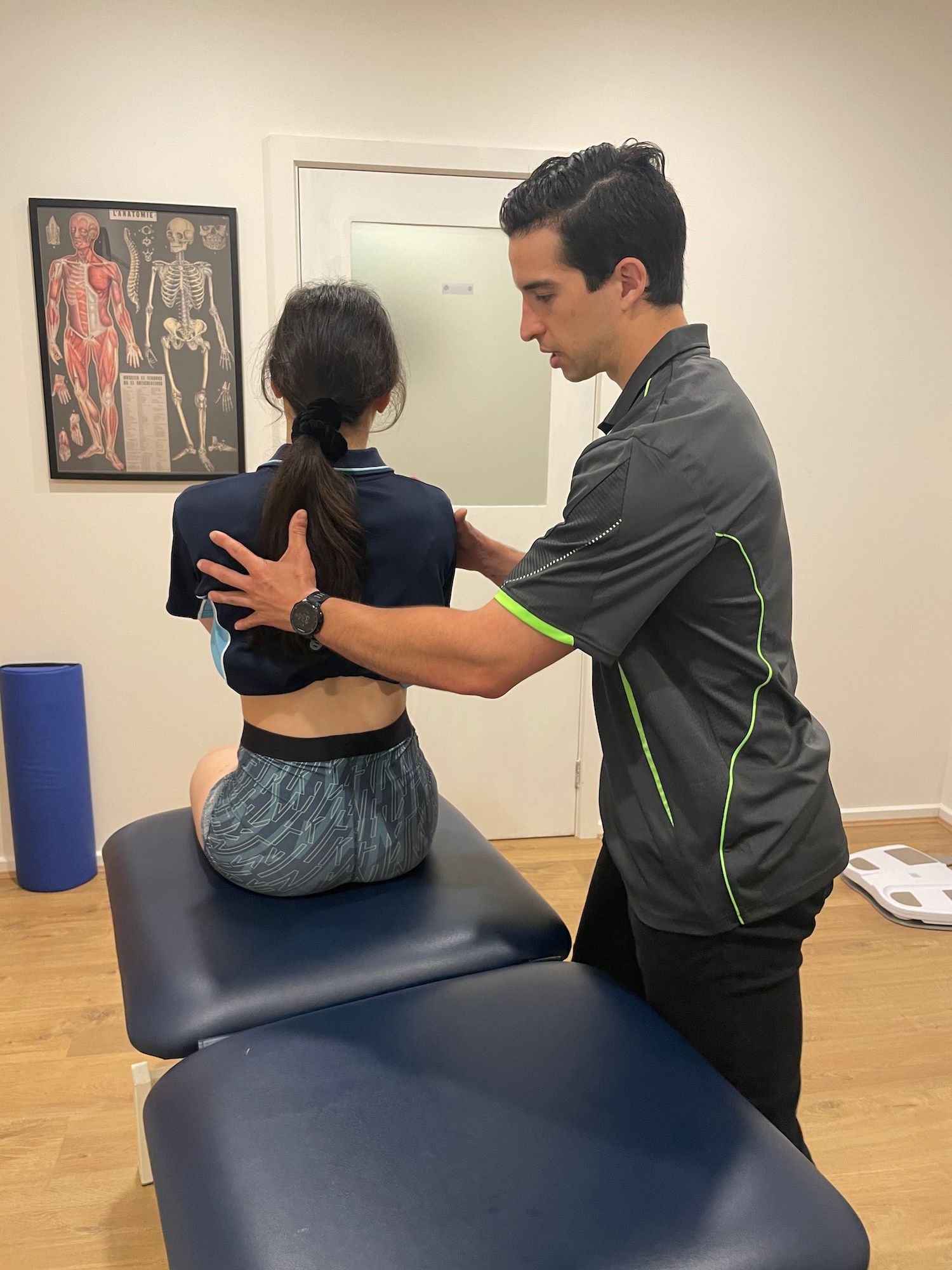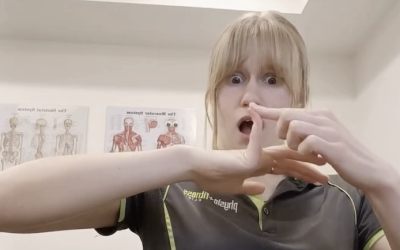Have I slipped a disc?

Have I just slipped a disc? Oh no!
Fear not! It isn’t the end of the world.
Throughout our lives, we put our spine under pressure with everyday occurrences like household chores, sport, work, weight gain and direct trauma.
This can cause the jelly-like disc to slowly, but surely, become more flat and less shock absorbent. Eventually due to wear and tear, they lose their shape and bulge out slightly, which CAN or CANNOT touch the surrounding nerve roots causing irritation and nerve pain.
So, as our bodies start the degeneration process from the time we are in our mid-twenties, coupled with everyday stress and trauma, disc bulges would seem pretty common, yeah? Well, it is…especially over the age of 40, usually in the lower back.
Surprisingly, a lot of people “slip”discs, yet have no symptoms of this whatsoever, simply due to general wear and tear! And so, they go on with their lives- none the wiser!
Yes. That’s right. Bulging discs can have no symptoms.
Just because your MRI comes back positive with a result for a bulge, doesn’t necessarily mean that it is going to be the source of your pain. You may not even know how long you have had it for!
If it does turnout that you have sustained an acute disc bulge, and it is causing you pain, Myotherapy can assist in reducing the associated symptoms, like tight muscles, as well as strengthen the core and the spine using using basic exercises to prevent further postural and mechanical issues.
Symptoms usually hang around for about 6 weeks (depending on each individual case and the things they are doing to assist recovery), but thankfully, not forever.
With this in mind, our bodies are clever and will occasionally tighten the surrounding areas as a safeguard, and this can be managed and released by our fabulous Myos.
– Alli Jennings
Ehlers – Danlos Syndrome & Hypermobility Spectrum Disorder
What is Ehlers - Danlos Syndrome?Here at Physio and Fitness clinic, our Myotherapist Ebony specialises in treating Ehlers - Danlos Syndrome (EDS) and Hypermobility Spectrum Disorders. What is Ehlers - Danlos Syndrome? EDS is a group of 13 inherited genetic disorders...
The Truth About 3×10: Neuromodulation vs Physical Adaptation
Strength training - exploring more than 3 x 10Strength exercise vs. Manual therapy Over the years, we have discovered as a profession, that performing exercise, and in particular, strength exercise, has a positive effect on physicality as well as being a pain...
Physio Backed Advice on Following Australia’s Physical Activity Guidelines
Discover the recommended daily amount of exercise for adults and practical ways to incorporate it into your routine. Australia’s Physical Activity Guidelines Physical activity is vital for both mental and physical health and wellbeing. It lowers the chance of...



